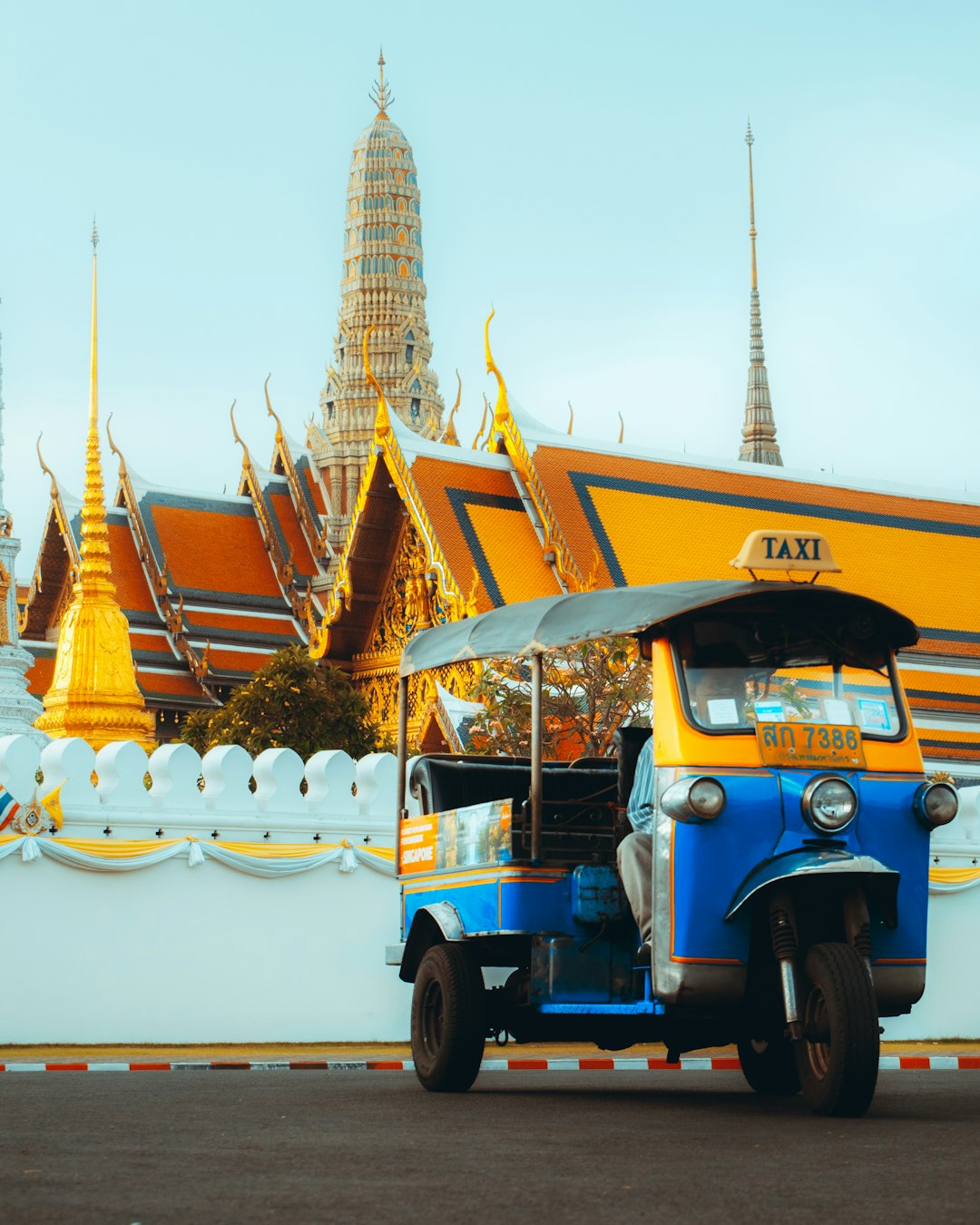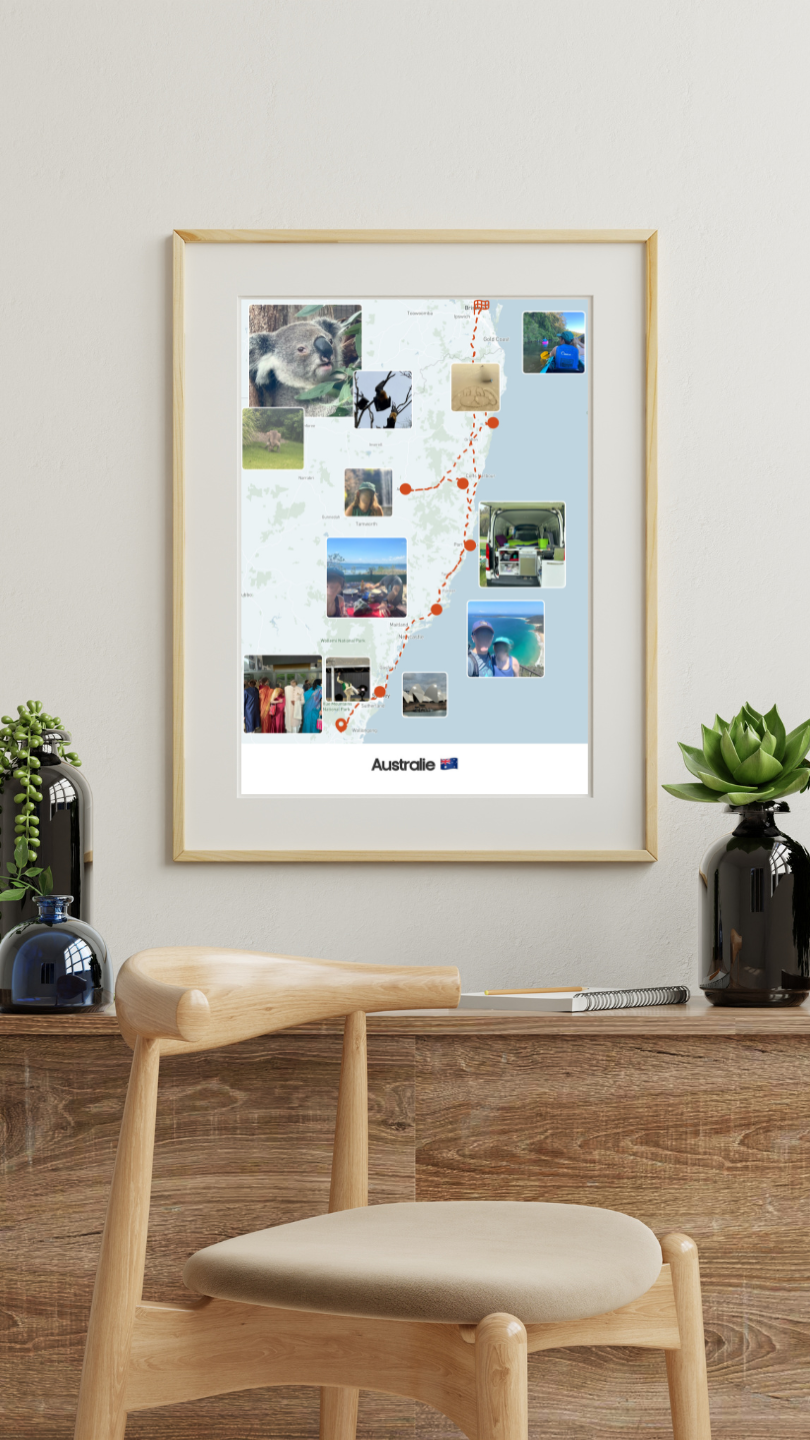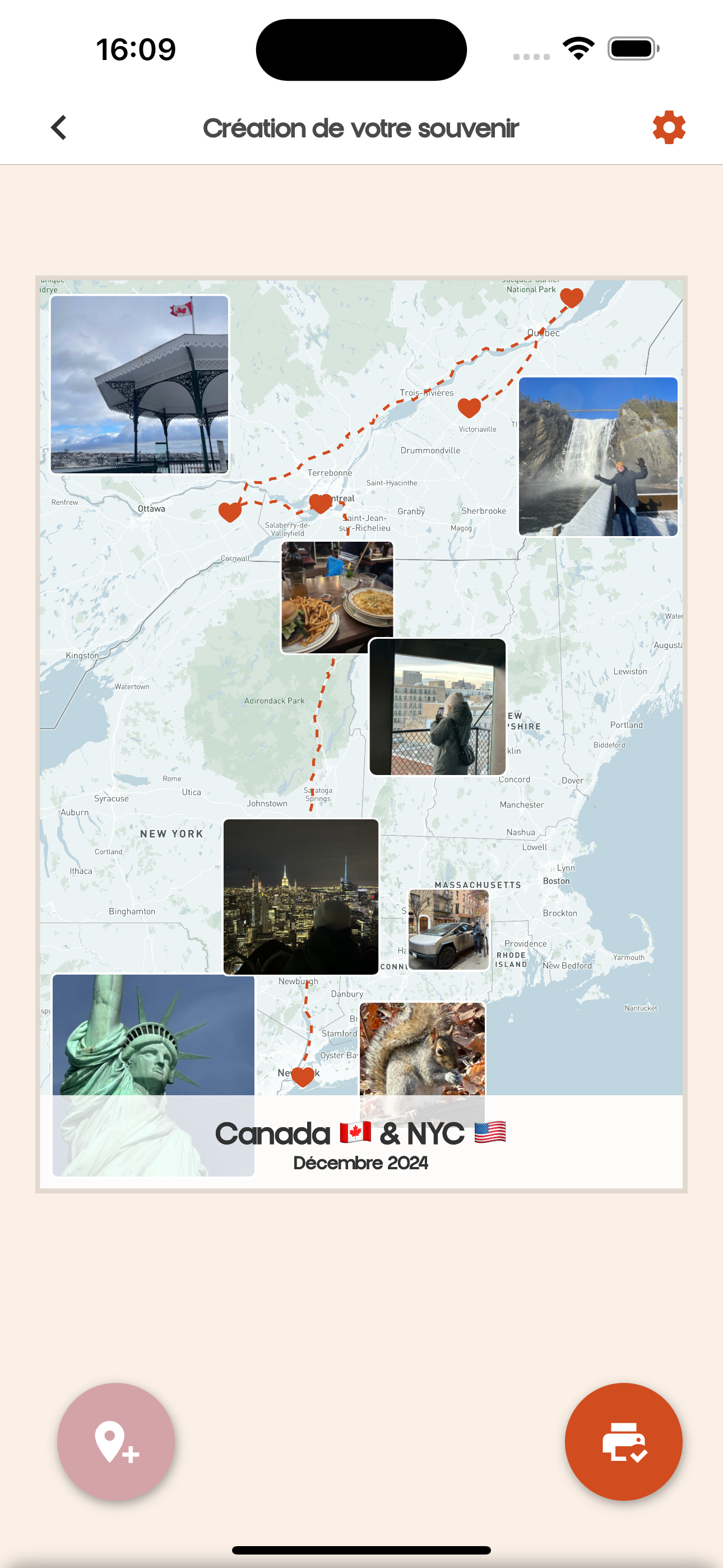Thailand, known for its paradise beaches, sacred temples, and spicy cuisine, offers much more than typical tourist attractions. If you seek to venture off the beaten path, this article presents 10 unusual activities to do in Thailand that will leave you with unforgettable memories. Get ready to explore the land of smiles in a unique and original way! 🇹🇭

Introduction - Discover 10 Unusual Activities to Do in Thailand
1. Join a Lantern Festival - A Must-Do Unusual Activity in Thailand
The Yi Peng festival, held in Chiang Mai, is one of the most magical spectacles you can experience in Thailand. Floating lanterns light up the night sky, creating a fairy-like atmosphere. Attending this festival is an unforgettable experience where spirituality meets beauty.
2. Explore Phong Nha Caves - Discover the Underground Treasures
The Phong Nha caves, primarily located in Vietnam, are part of a cross-border adventure accessible from Thailand. It is an incredible place for spelunking and hiking, offering breathtaking landscapes of stalactites and stalagmites.
3. Swim in Natural Hot Springs - Relax in Nature
The Klong Thom hot springs, located in the Krabi province, are perfect for unwinding after a busy day. These natural hot water pools are surrounded by lush vegetation, providing a tranquil atmosphere to recharge.
4. Go Hot Air Ballooning - Soar Over Thailand's Beauty
Hot air ballooning in Chiang Mai is a unique experience that allows you to admire Thailand's stunning landscapes from a whole new perspective. Rise at sunrise and enjoy panoramic views of temples, rice fields, and mountains.
5. Stay in Stilt Houses - Experience Local Culture
Spending a night in a stilt house in northern Thailand immerses you in traditional culture. This unique accommodation brings you closer to nature while allowing you to discover the local way of life.
6. Participate in a Thai Cooking Class - Delicious Culinary Memories
Sign up for a cooking class in Thailand to learn how to prepare your favorite Thai dishes. From local markets to traditional kitchens, you will have a rewarding experience that delights your palate and enhances your culinary skills.
7. Explore Floating Villages - A Unique Adventure
The floating villages of Inle Lake, although located in Myanmar, can be visited on a day trip from northern Thailand. Meet local communities that live in harmony on the water while exploring their traditions and lifestyles.
8. Volunteer with Elephants - An Unforgettable Experience
Participating in a volunteer program to care for elephants at a sanctuary is an amazing way to interact with these majestic creatures while contributing to their well-being. A rewarding experience that combines adventure and compassion.
9. Attend a Muay Thai Show - Traditional Thai Martial Art
Don’t miss the opportunity to watch a Muay Thai fight, regarded as Thailand's national martial art. Immerse yourself in the energy of this spectacular sport while learning about its rich history and cultural significance.
10. Try a Traditional Thai Massage - Ultimate Relaxation
Enjoy a traditional Thai massage in a local spa for an ultimate relaxation experience. This ancient practice combines pressure techniques and stretching to offer a relaxing moment that revitalizes both body and spirit.
Conclusion - The Unusual Activities Awaiting You in Thailand!
Whether you are an adventurer seeking thrills, a culture enthusiast, or simply looking for a moment of relaxation, Thailand has numerous unusual activities that will expand your horizons. Don't hesitate to step off the beaten path and discover the true Thai spirit! 🌏
FAQ - 10 Unusual Activities to Do in Thailand
1. What is the best time to visit Thailand?
The best time to visit Thailand depends on the regions you wish to explore. In general, the dry season, which lasts from November to February, is ideal for most destinations. In the north, temperatures are cooler, while the south remains hot and humid. If you want to enjoy outdoor activities, these months are preferable. However, the low-cost period (June to October) is often less crowded and offers reduced prices for accommodations and activities. It is essential to check the specific weather conditions for the places you plan to visit to ensure an enjoyable experience.
2. What Thai dishes should I not miss?
Your trip to Thailand would not be complete without tasting local specialties. Must-try dishes include Pad Thai, a savory stir-fried noodle dish, Tom Yum, a spicy shrimp soup, and Som Tum, a green papaya salad. Don't forget to savor yellow or red curry and participate in a traditional Thai meal by enjoying a family-style shared meal. For dessert lovers, sweets like Mango Sticky Rice are a must-try. Exploring local markets is highly recommended to discover authentic dishes while immersing yourself in the local culture.
3. Is it safe to travel in Thailand?
Overall, Thailand is considered a safe destination for travelers, with a low crime rate. However, as in any country, it is advisable to remain vigilant and follow certain precautions. Avoid walking alone at night in poorly lit areas and keep an eye on your belongings in tourist spots. In terms of health, be cautious of mosquitoes and drink only bottled water. Be aware that there are many private hospitals in Thailand that offer quality care in case of serious illness. Familiarizing yourself with local culture can help avoid misunderstandings, and being mindful of local laws is essential. For a serene experience, considering travel insurance may also be wise.
4. How do you get around Thailand?
Thailand offers several transportation options for travelers. Tuk-tuks and taxis are convenient means of getting around cities. Make sure to negotiate the price with tuk-tuks or ask taxi drivers to use the meter to avoid confusion. Buses and trains are ideal for traveling between cities, with options ranging from economical services to more comfortable classes. For shorter distances, the metro and BTS (Skytrain) in Bangkok are efficient. If you prefer freedom, renting a scooter is a popular option; however, be cautious about traffic rules and ensure you have an international driver's license.
5. What health precautions should be taken in Thailand?
Before traveling to Thailand, it is essential to check the validity of your vaccinations. While several vaccines are not mandatory, it is advisable to be up-to-date with tetanus and hepatitis A vaccinations. Due to the rise in dengue cases, it is wise to remain vigilant with mosquito repellents, especially in rural areas. The quality of drinking water can vary, so consume bottled water to avoid potential issues. If serious illness occurs, know that many private hospitals offer quality healthcare. Additionally, considering travel insurance to cover potential medical expenses is recommended.
6. What currency is used in Thailand?
The official currency of Thailand is the Thai Baht (THB). Banknotes come in various denominations: 20, 50, 100, 500, and 1000 Baht. It is advisable to always have a small amount of cash, as many small shops and markets do not accept credit cards. ATMs are available in most major cities and typically accept international cards. Keep in mind that withdrawal fees may apply. In some rural areas, cash payment may sometimes be the only accepted option.
7. What are the best beaches to visit in Thailand?
Thailand is famous for its beautiful beaches from the Gulf of Thailand to the Andaman Sea coasts. Among the most popular beaches are Railay Beach in Krabi, known for its stunning rock formations and crystal-clear waters. The beaches of Koh Phi Phi offer a paradise setting, perfect for diving. White Sand Beach in Koh Chang is ideal for a relaxing vacation, while Patong Beach in Phuket is known for its vibrant nightlife and activities. Consider also less crowded beaches like those in Koh Yao Noi that offer a peaceful retreat.
8. What type of clothing should I wear in Thailand?
Thailand is a tropical country, so lightweight and comfortable clothing is recommended. Choose breathable fabrics like cotton and opt for lighter colors to stay cool. When visiting temples, it’s vital to wear appropriate clothing: cover your shoulders and legs. Avoid overly short or revealing outfits. For hikes in national parks, proper hiking shoes are essential. Lastly, having a sarong or scarf readily available is smart, as many places also require respectful attire.
9. What language is spoken in Thailand?
The official language is Thai. While most Thais can understand English, especially in tourist areas, comprehension may be limited in more rural regions. Learning a few common phrases in Thai is not only appreciated by locals but also helps facilitate conversations. Simple phrases like 'Sawatdee' (hello) and 'Khop Khun' (thank you) are a good start. It also demonstrates your respect for local culture, enhancing your travel experience.
10. What are the main tourist attractions to not miss?
In addition to unusual activities, Thailand is home to many must-visit attractions. Bangkok is famous for the Grand Palace and temples like Wat Pho and Wat Arun. The historical site of Ayutthaya, a UNESCO World Heritage site, is also worth a visit. On the island side, Pattaya, Koh Samui, and Koh Lanta are renowned for their beautiful beaches and water activities. Chiang Mai attracts visitors with its ancient temples and rich culture. National parks like Erawan and Khao Sok are perfect for nature lovers. Don't hesitate to explore these iconic places for a complete Thai experience.






